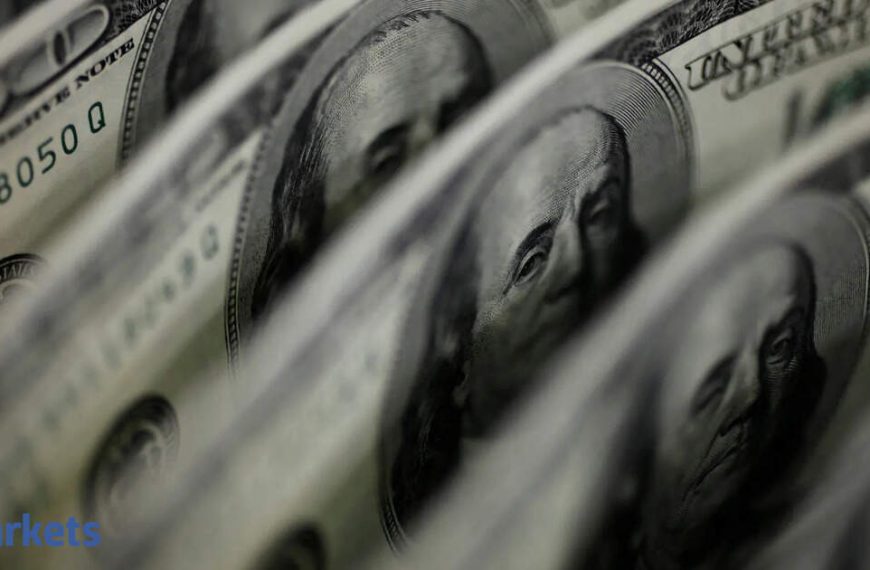On Wednesday, the U.S. dollar found itself lingering near a five-month low against key currencies, fueled by ongoing concerns over the nation’s economic health amidst President Donald Trump’s erratic trade policies. Meanwhile, the euro approached a five-month high, buoyed by rising hopes for a resolution to the Ukraine conflict. The Canadian dollar experienced significant fluctuations after Trump announced an increase in tariffs on steel and aluminum, only to retract his stance shortly thereafter.
U.S. Economic Concerns Impacting Dollar Value
The dollar index, which tracks the currency’s performance against a basket of six major currencies, remained unchanged at 103.47 during early Asian trading, following a 0.46% decline the previous day that brought it down to 103.21—its lowest point since mid-October. This decline was exacerbated by a series of weak economic indicators, including a drop in small-business confidence for the third consecutive month.
- Trump’s recent comments raised fears of a recession, intensifying market anxiety.
- Traders are keenly awaiting the upcoming Consumer Price Index (CPI) report, which could lead to increased market volatility.
Kyle Rodda, a senior financial markets analyst at Capital.com, noted, “Trade uncertainty continues to cloud the market, perpetuating volatility.” He emphasized that the deteriorating outlook for U.S. growth is drawing focus to the CPI release, which could significantly impact market reactions.
Euro’s Strong Performance Amid Geopolitical Developments
Although the euro dipped 0.05% to $1.0913, it remained close to its recent peak of $1.0947, the highest since October 11. Ukraine’s willingness to consider a U.S. proposal for a 30-day ceasefire in its ongoing conflict with Russia has added to the euro’s strength. Additionally, optimism surrounding substantial fiscal measures from Germany has also supported the single currency, despite recent tensions within the German government regarding these spending plans.
- A potential ceasefire could lead to stabilized markets in Europe.
- The euro’s surge reflects investor confidence in economic recovery.
The British Pound and Cryptocurrencies
The British pound slightly decreased 0.11% to $1.2933 after a notable 0.53% rally the prior day. Conversely, the U.S. dollar saw a 0.17% increase against the yen, trading at 148.01, after recently hitting a five-month low of 146.545 yen.
In the cryptocurrency realm, Bitcoin maintained a stable position at $82,821 after rebounding from its recent low of $76,666.98—a four-month trough. This resilience in Bitcoin’s price reflects ongoing interest and investment in digital assets despite market uncertainties.
Conclusion
As the financial landscape evolves, the interplay between U.S. economic indicators, global geopolitical developments, and cryptocurrency trends will continue to shape currency valuations. Investors are advised to stay alert to the upcoming CPI report, as it may provide critical insights into the future direction of the market.











